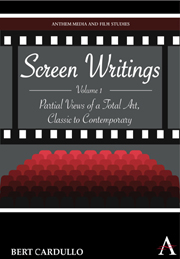Introduction: The Necessary Film
Published online by Cambridge University Press: 05 March 2012
Summary
Film editing, or the instantaneous replacement of one moving visual field with another, was once not part of our daily experience. So nothing in 400 million years of vertebrate evolution prepared us for the visual assault of cinema. But amazingly enough, the process succeeded and we became accommodated to the idea of motion pictures. Even more, a mysterious extra meaning was gained from the juxtaposition of two images that was not present in either of the shots themselves. In short, we discovered that the human mind was predisposed to cinematic grammar as if it were an entirely natural, inborn language. Perhaps it is inborn, because we spend one-third of our lives in the nightly world of dreams. There, images are fragmented and different realities collide abruptly with what seems to have great meaning. In this way we can see film editing as, probably unwittingly, employing the power and means of dream.
For many millions of years, then, human beings were apparently carrying within them the ability to respond to film and were unconsciously awaiting its arrival in order to employ their dreamfaculty more fully. Some of us have long believed that, through more recent centuries, theater artists and audiences themselves had also been longing for the film to be invented even without a clue that there could be such a medium. Many tricks of stagecraft in those centuries (particularly the nineteenth) were, without knowing it, attempting to be cross-cuts and superimpositions, or double exposures.
- Type
- Chapter
- Information
- Screen WritingsPartial Views of a Total Art, Classic to Contemporary, pp. ix - xiiPublisher: Anthem PressPrint publication year: 2010



